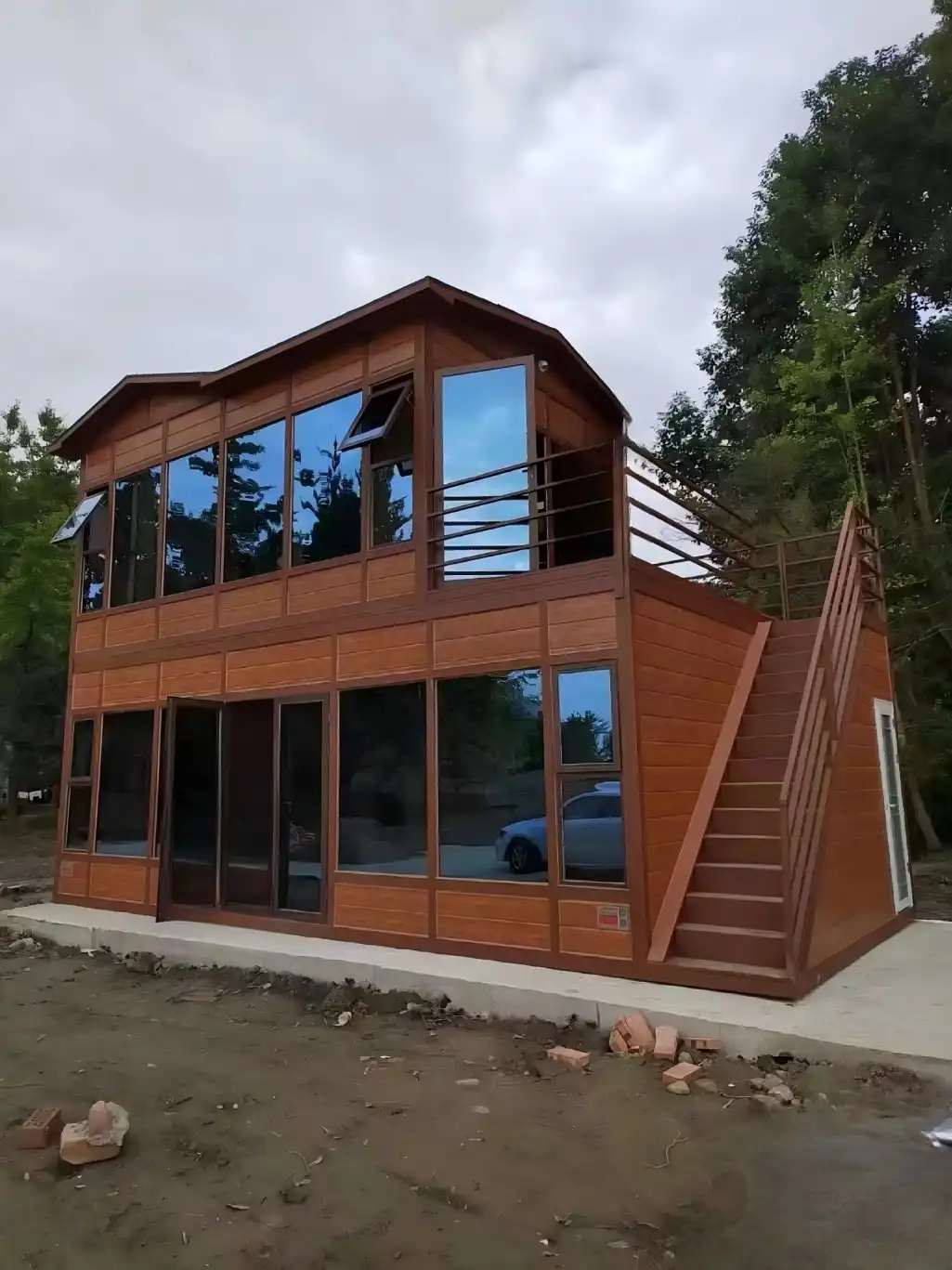Grasping the Fire Resistance of Metal Insulated Sandwich Panels
Composition and Fire-Resistant Properties
Metal insulated sandwich panels are engineered to provide superior fire resistance through their unique composition. These panels typically consist of two metal facings, usually steel or aluminum, with a core of insulating material sandwiched between them. The metal facings act as the first line of defense against fire, as metals have inherently high melting points and do not contribute to flame spread.
The core of these panels is often made of materials like polyurethane (PU) or polyisocyanurate (PIR), which are known for their fire-retardant properties. These materials are specially formulated to resist ignition and slow down the spread of flames. In the event of a fire, the core material chars rather than melts, creating an additional barrier that helps contain the fire and prevent it from spreading rapidly throughout the structure.
Fire Safety Certifications and Ratings
Metal insulated sandwich panels undergo rigorous testing to ensure they meet strict fire safety standards. The fire-protection rating of B1/B2 mentioned in the product specifications indicates a high level of fire resistance. This rating is typically determined through standardized fire tests that evaluate the panel's performance under simulated fire conditions.
These tests assess various aspects of fire performance, including:
- Flame spread
- Smoke development
- Fire penetration resistance
- Structural integrity during fire exposure
The B1/B2 rating suggests that these panels have demonstrated excellent fire-resistant properties, making them suitable for use in buildings where fire safety is a critical concern.
Benefits of Fire-Resistant Metal Insulated Sandwich Panels in Construction
Enhanced Building Safety
The fire resistance of metal insulated sandwich panels significantly enhances the overall safety of buildings. In the event of a fire, these panels can:
- Slow down the spread of flames, providing crucial time for occupants to evacuate
- Maintain structural integrity for longer periods, reducing the risk of collapse
- Contain the fire within compartments, preventing it from spreading to other areas of the building
- Minimize smoke generation, which is often more dangerous than the flames themselves
These safety benefits are particularly valuable in commercial and industrial buildings, where large open spaces and potential fire hazards are common.
Compliance with Building Codes and Regulations
The use of fire-resistant metal insulated sandwich panels can help buildings comply with stringent fire safety codes and regulations. Many jurisdictions have specific requirements for fire resistance in building materials, especially for certain types of structures or occupancies. By incorporating these panels into the building design, architects and builders can more easily meet or exceed these regulatory requirements, ensuring that the structure is both safe and compliant.
Insurance Benefits
Buildings constructed with fire-resistant materials like metal insulated sandwich panels may qualify for lower insurance premiums. Insurance companies often recognize the reduced risk associated with fire-resistant construction and may offer more favorable rates. This can result in long-term cost savings for building owners, in addition to the peace of mind that comes with enhanced fire safety.
Optimizing Fire Safety with Metal Insulated Sandwich Panels
Proper Installation and Maintenance
While metal insulated sandwich panels are inherently fire-resistant, their effectiveness relies heavily on proper installation and maintenance. Correct installation ensures that there are no gaps or weak points that could compromise the fire resistance of the system. Regular maintenance is also crucial to identify and address any damage or deterioration that could affect the panels' fire-resistant properties.
Key considerations for optimal fire safety include:
- Ensuring proper sealing and jointing between panels
- Regular inspections for damage or wear
- Prompt repairs or replacement of damaged panels
- Maintaining the integrity of fire stops and other complementary fire safety systems
Integration with Other Fire Safety Measures
While metal insulated sandwich panels provide excellent fire resistance, they should be part of a comprehensive fire safety strategy. Integrating these panels with other fire safety measures can create a robust system for fire prevention and control. This may include:
- Fire detection and alarm systems
- Sprinkler systems
- Smoke control systems
- Fire-resistant doors and partitions
- Clear evacuation routes and emergency lighting
By combining these elements, buildings can achieve a high level of fire safety, protecting both occupants and property.
Customization for Specific Fire Risk Scenarios
Metal insulated sandwich panels can be customized to address specific fire risk scenarios in different types of buildings. For example, panels used in industrial settings where high-temperature processes occur may require additional fire-resistant properties. Similarly, panels used in multi-story buildings might need to meet more stringent fire resistance ratings to prevent vertical fire spread.
Weifang Sandong Building Materials Co., Ltd. offers a range of metal insulated sandwich panels with varying thicknesses and specifications to meet diverse fire safety needs. The company's panels, with thicknesses ranging from 10mm for interior applications to 16mm or 20mm for exterior use, can be tailored to specific project requirements, ensuring optimal fire resistance for each unique building scenario.
Conclusion
Metal insulated sandwich panels offer robust fire resistance, making them an excellent choice for enhancing building safety. Their unique composition, fire-resistant properties, and ability to meet stringent safety standards make them a valuable asset in modern construction. By properly installing and maintaining these panels, and integrating them with other fire safety measures, building owners and managers can significantly improve fire safety in their structures.
For those seeking high-quality, fire-resistant metal insulated sandwich panels for their construction projects, Weifang Sandong Building Materials Co., Ltd. provides a wide range of options. With their commitment to manufacturing excellence and adherence to safety standards, they offer solutions that prioritize both fire safety and overall building performance. To learn more about their fire-resistant metal insulated sandwich panels and other exterior cladding solutions, contact them at info@sdqsc.com.